We feed birds because we want to see birds close to our houses, to see birds up-close and personal. Many people choose to feed birds throughout the year, while others only feed birds during the colder seasons. To attract more birds you may also put out a bird bath with shallow water.
Susan Whiting and I put out our feeders on Sept. 29 and Oct. 15, respectively. Birds quickly came to these feeders which are established feeders that have been used for years.
Black-capped chickadees and mourning doves came to both feeders the first day they were out. At Susan’s feeder blue jays appeared the next day and both downy woodpeckers and tufted titmice showed up a day or two later. Blue jays came to my feeder the first day and downy woodpecker the following morning. Susan did not get her first white-breasted nuthatch until Oct. 7. She has not seen one again and I have yet to see one; she wonders whether there are fewer this year than in past years.
Other visitors to Susan’s feeders include American robin, house sparrow, house finch, chipping and song sparrows, eastern towhee, American goldfinch, yellow-rumped warbler and red-winged blackbird. The list of species already visiting my feeders includes wild turkeys, tufted titmouse, northern cardinals, song sparrows and blue jays.
The species you attract will vary from these lists, but they will come.
A few first-of-season seabirds were reported this week. On Oct. 10 Chris Schmandt spotted a northern gannet at Lucy Vincent Beach and on Oct. 13 Matthew Born saw two black-legged kittiwakes and one red-throated loon at Squibnocket Point. On the falcon front, John Nelson found one kestrel at the Farm Institute on Oct. 10; there have been multiple peregrine falcon and merlin sightings across the Island. Two species were heard singing, which is sort of unusual for October: Bob Shriber heard one white-eyed vireo singing at Black Point Pond on Oct. 11, and Al Sgroi clearly heard one least flycatcher singing at Felix Neck on Oct. 13.
This week shows that seed-eating birds are now dominating the migration. As usual, the area around the Gay Head Cliffs is where most of the action is; migrants accumulate there as they wait for favorable winds and weather in order to continue their southward migration.
A lot of birders were on the Martha’s Vineyard Bird Club’s Oct. 14 trip to the Gay Head Cliffs area. An impressive list of sparrows resulted: two chipping sparrows, two clay-colored sparrows, one lark sparrow, seven dark-eyed junco, one white-crowned sparrow, two white-throated sparrows, eight song sparrows, four savannah sparrow, one Lincoln’s sparrow and three swamp sparrow.
On Oct. 9, Nancy Nordin, Bob Shriber, Susan Whiting, Chris Scott, Allan Keith and Matt Pelikan birded the Gay Head Cliffs area and found two Lincoln’s sparrows, one swamp sparro, two chipping sparrows, one clay-colored sparrow, two lark sparrows, one dark-eyed junco and eight song sparrows.
Along Lighthouse Road and at Pilot’s Landing, Bob Shriber, Nancy Nordin, Cynthia Bloomquist and Thaw Malin found three chipping sparrows, one clay-colored sparrow, two lark sparrows, one dark-eyed junco, one white-crowned sparrow, one white-throated sparrow, three Savannah sparrows, seven song sparrows, one Lincoln’s sparrow, two swamp sparrows, five bobolinks and three indigo buntings on Oct. 11. Charles Morano observed eight chipping sparrows, one field sparrow, four dark-eyed juncos and four swamp sparrows on Lighthouse Road on Oct. 13.
At the other end of the Island, John Nelson reports that there were lots of song sparrows and savannah sparrows on Oct. 10 at Katama Farm. Ken Magnuson found several juvenile white-crowned sparrows, one clay-colored sparrow and one indigo bunting at the Edgartown Golf Club on Oct. 13. The next day, Charles Morano saw two field sparrows, eight chipping sparrows, and two dark-eyed juncos at Long Point.
Do not forget that insect-eating birds are still present. On Oct. 10 Susan Whiting saw one Nashville warbler in her Quenames yard. Charles Morano spotted a Tennessee warbler at the right fork parking lot on Oct. 11, along with other warblers: one black-and-white, one Nashville, five common yellowthroats, two American redstarts, two northern parulas, one blackpoll, six palm, two pine, 27 yellow-rumped, one prairie and one black-throated green. Along Lighthouse Road on Oct. 13, Charles Morano added two orange-crowned warblers and one palm warbler. That is 15 species of warblers!
The following vireos were seen by Nancy Nordin, Bob Shriber, Susan Whiting, Chris Scott and Allan Keith at the Gay Head Cliffs on Oct. 9: one yellow-throated, one blue-headed and one red-eyed vireo. Charles Morano found a blue-headed and a red-eyed vireo along Lighthouse Road on Oct. 13. And the Martha’s Vineyard Bird Club spotted a yellow-throated vireo and a red-eyed vireo at the Gay Head Cliffs on Oct. 14.
The quintet of Nancy Nordin, Bob Shriber, Susan Whiting, Chris Scott and Allan Keith found a blue-gray gnatcatcher off Lighthouse Road on Oct. 9. Charles Morano observed one hermit thrush and three eastern meadowlarks on Oct. 14 at Long Point, the same day that Shea Fee saw a flock of 300 tree swallows at Squibnocket Pond.
Lingering migrants remain here. Chris Schmandt found a lingering white-rumped sandpiper at Lucy Vincent Beach on Oct. 10. Five semipalmated plovers and two black skimmers were observed by Chris Rimmer at Lighthouse Beach on Oct. 13. The Hudsonian godwit remains at nearby Little Beach, seen by both Nancy Weaver and Charles Morano on Oct. 12 and by Nancy Nordin on Oct. 14.
Note that Francesca Zeta, Cynthia Bloomquist, Thaw Malin and I visited there about an hour after Nancy Nordin and the godwit was nowhere to be seen. Welcome to birding! All the godwit seekers also spotted two ruddy turnstones.
Please email your sightings to birds@vineyardgazette.com
Robert Culbert is an ecological consultant with Nature Watch LLC, living in Vineyard Haven.

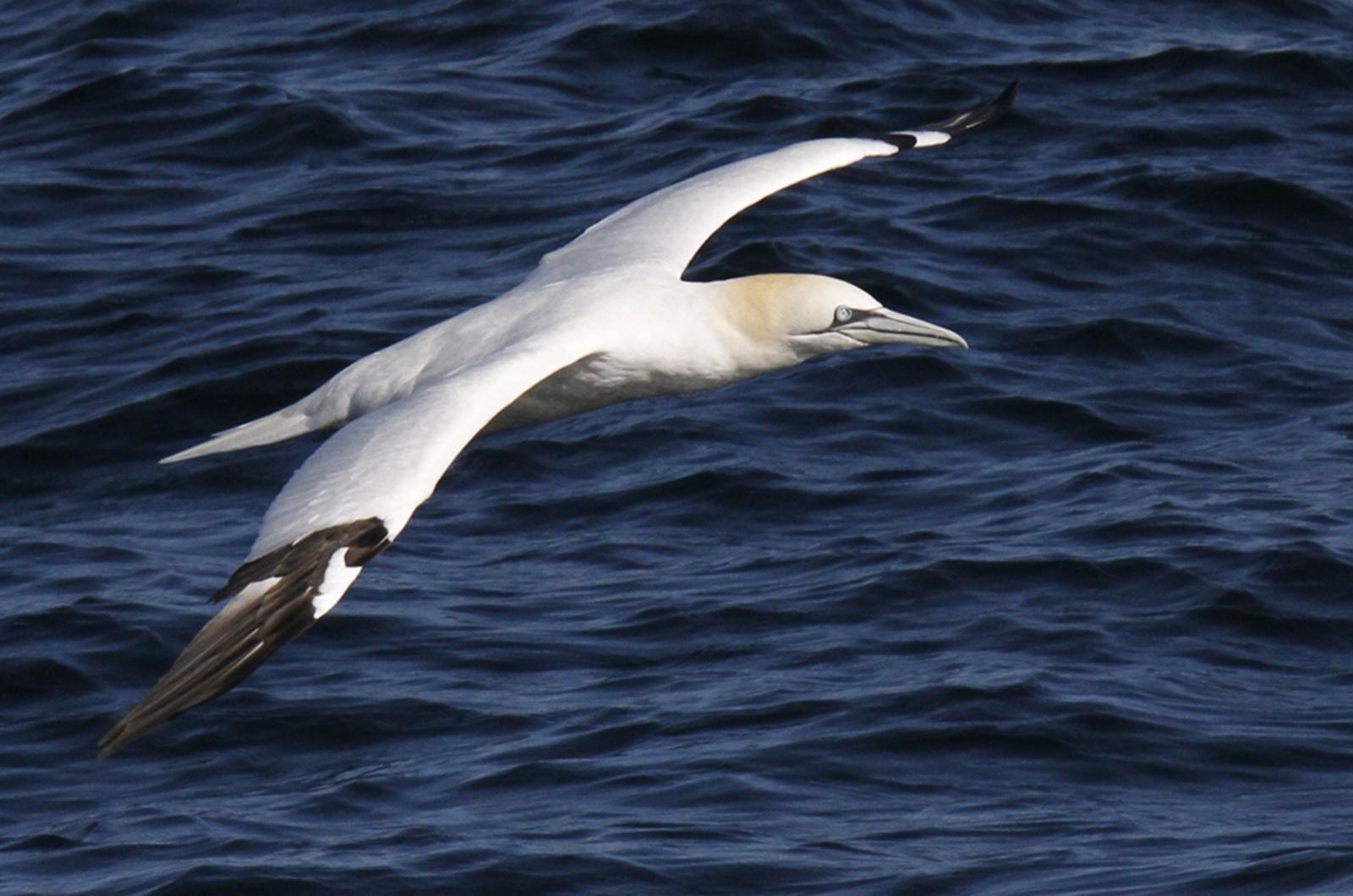

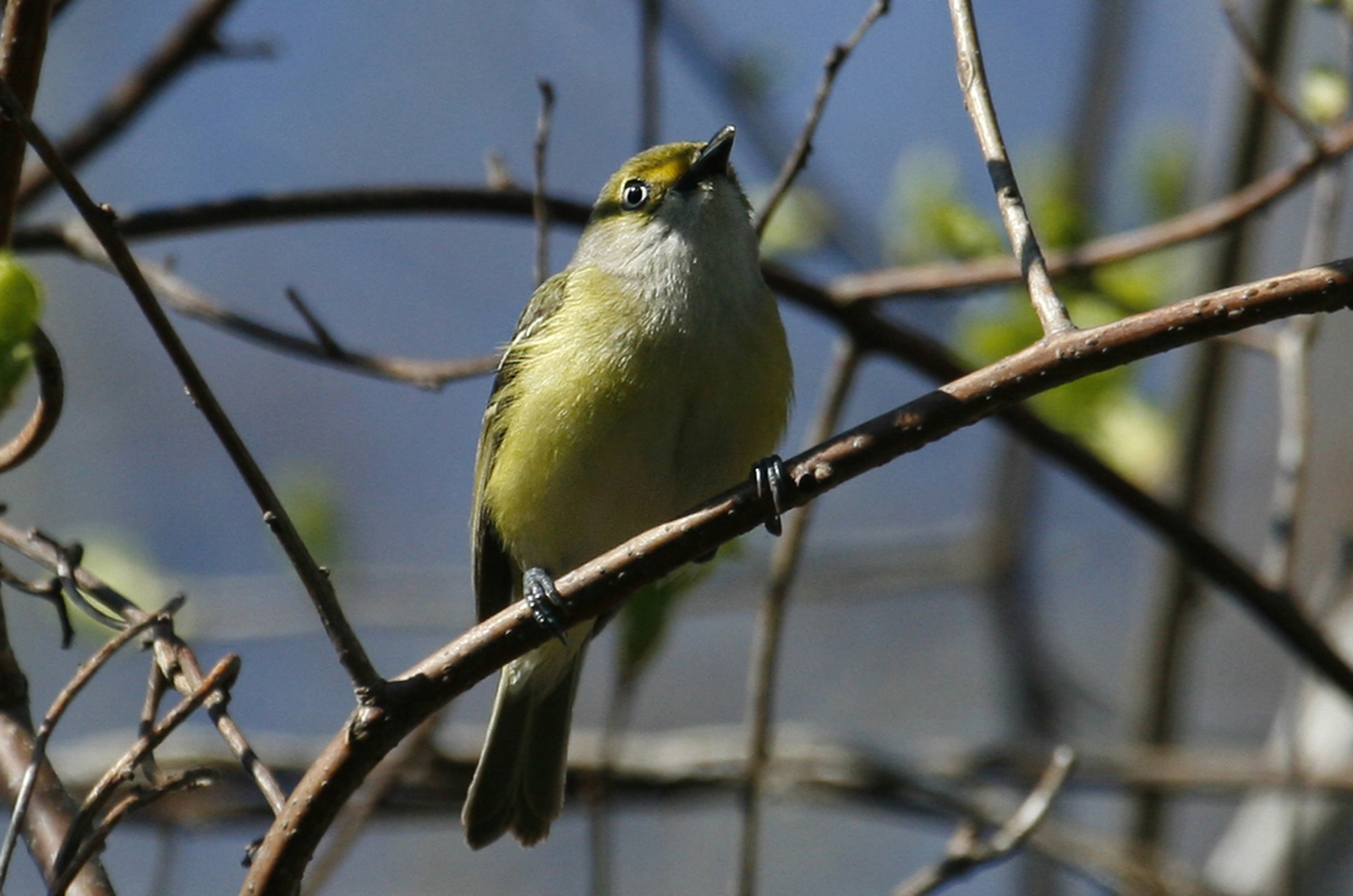
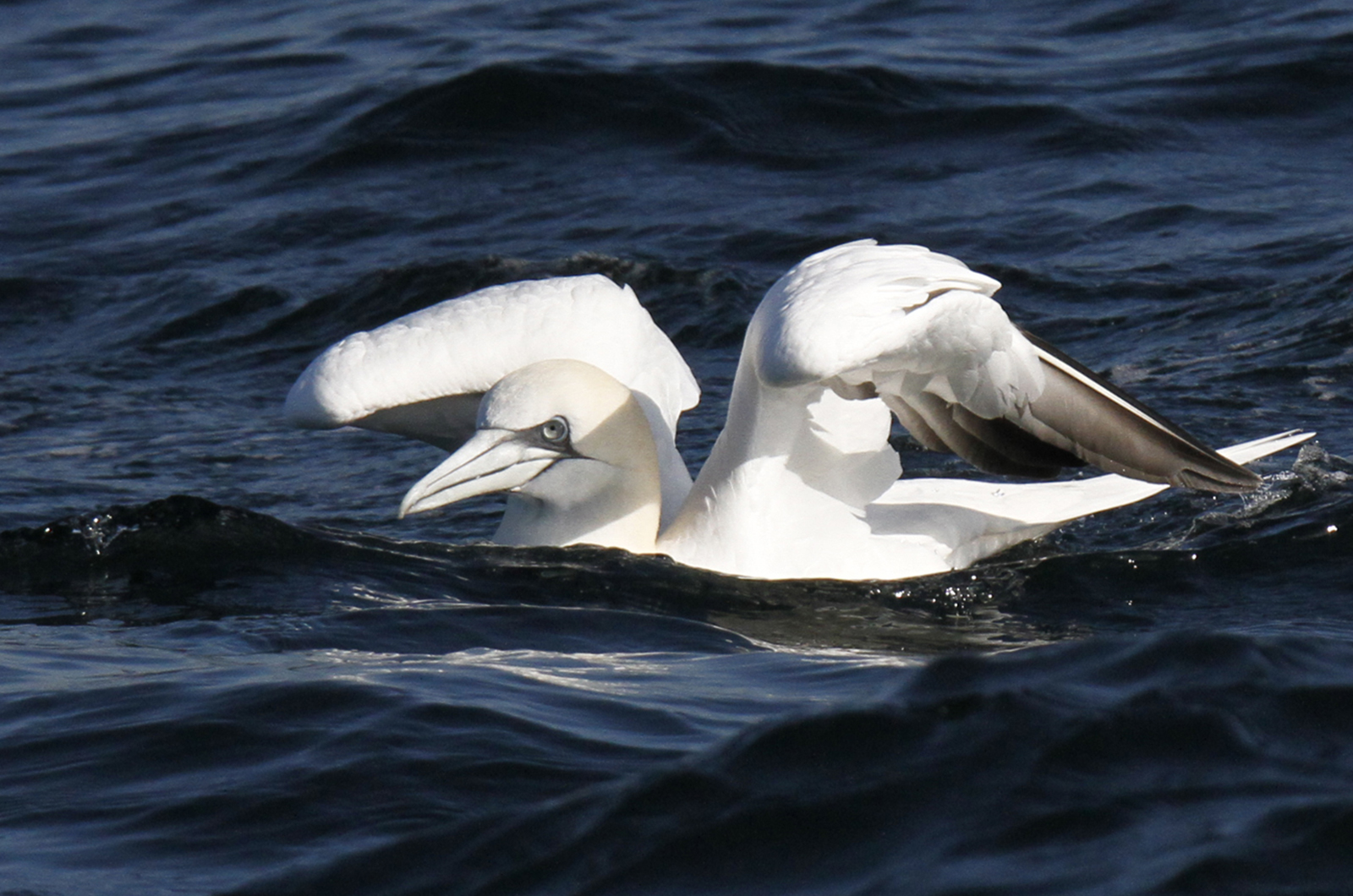
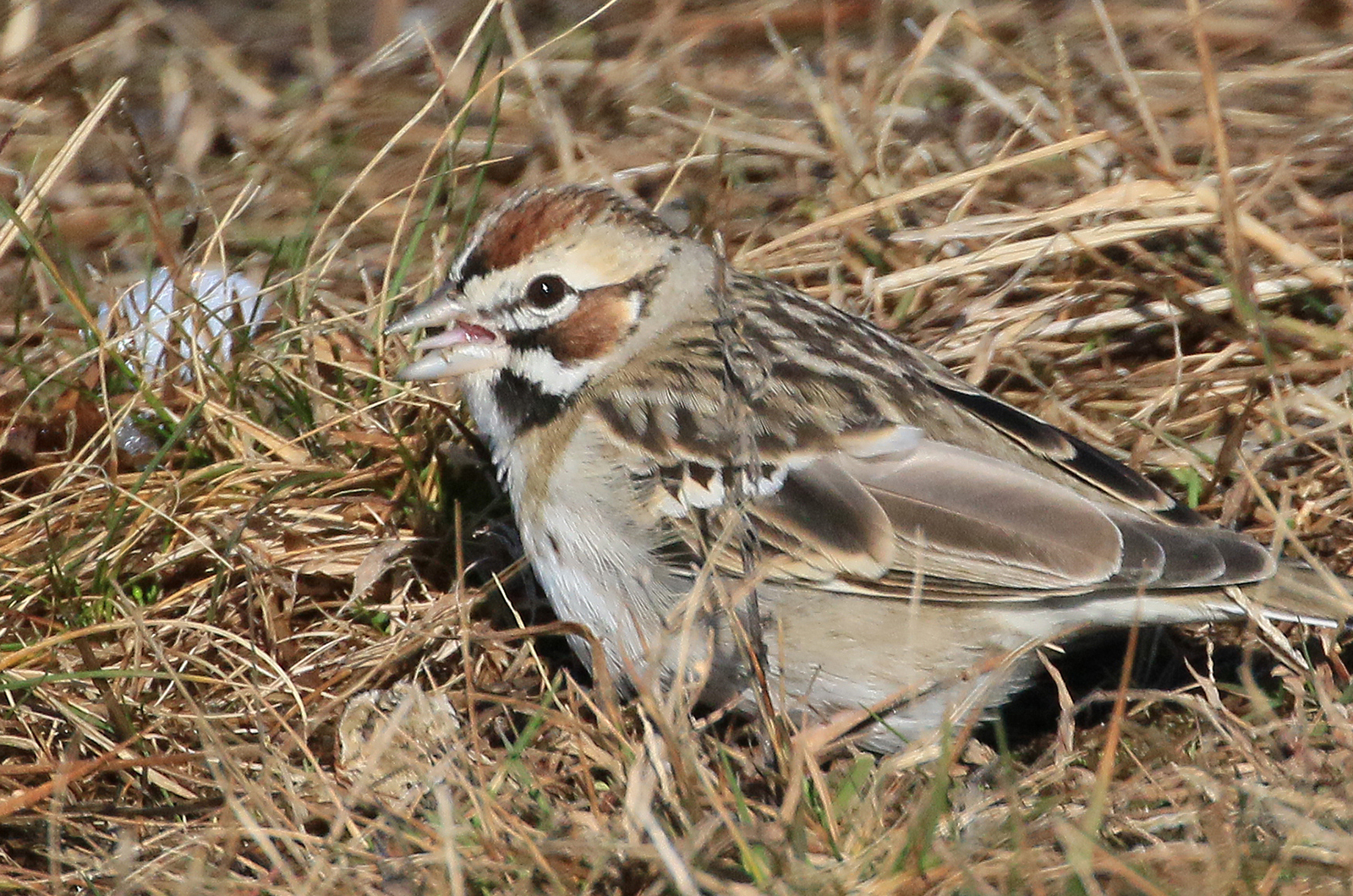
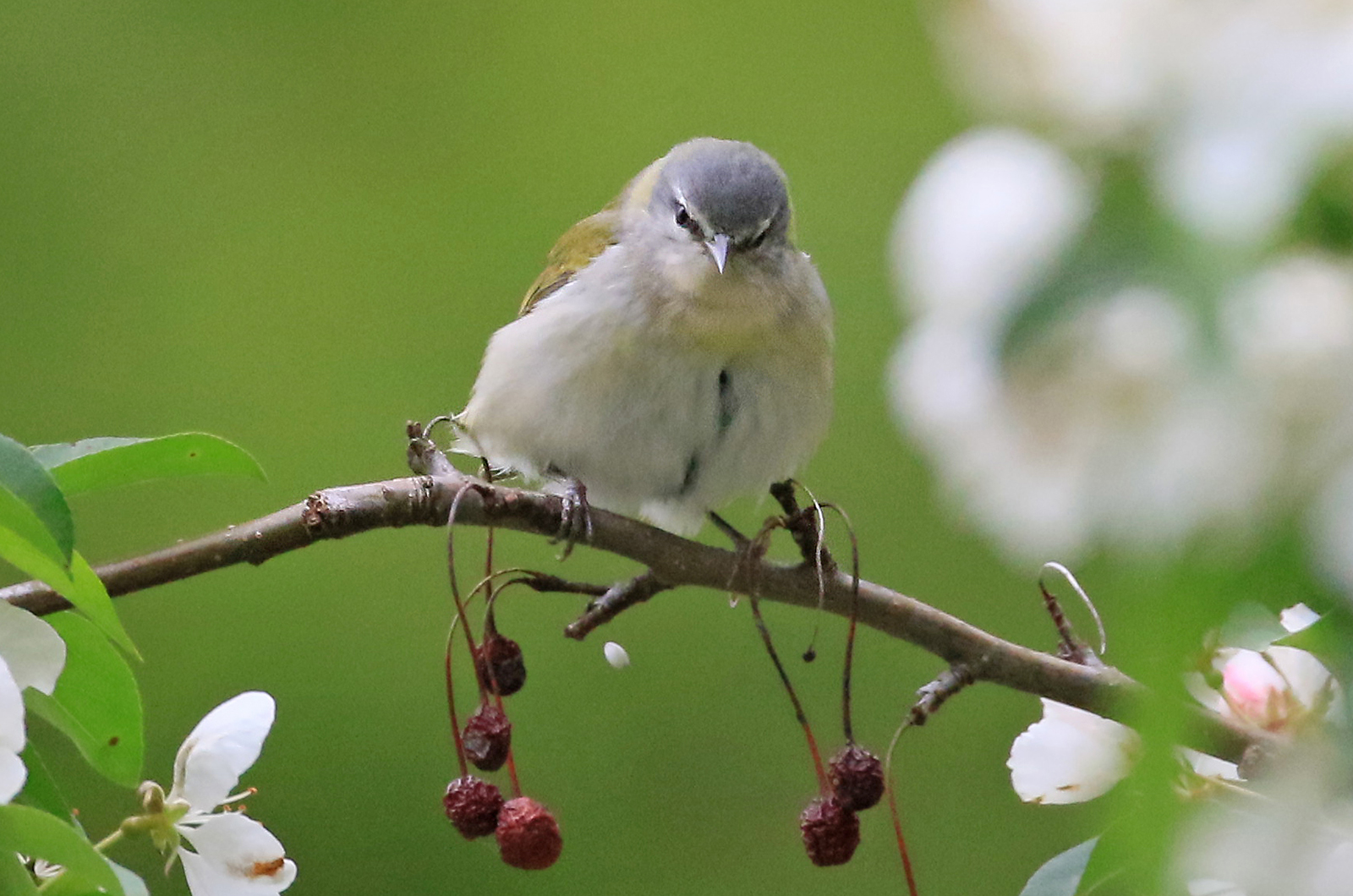


Comments
Comment policy »